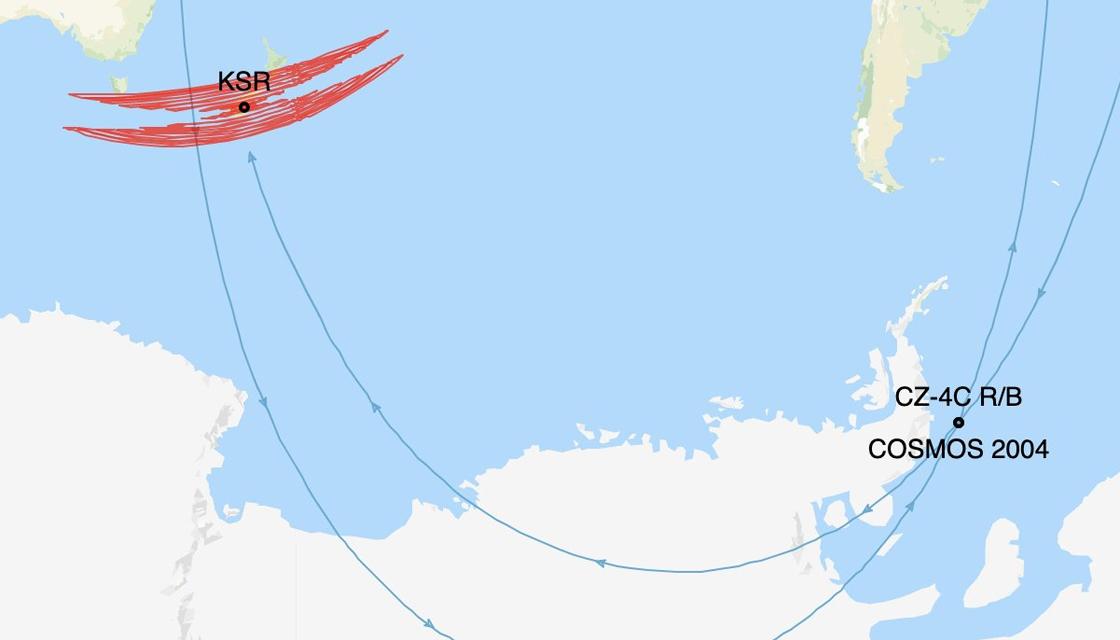
A defunct satellite and an orbiting used rocket had a near miss on Friday afternoon, narrowly avoiding a devastating collision.
The two objects, with a combined weight of 2.8 tonnes, would have hit each other at a relative velocity of 14.7 kilometres per second, potentially creating a huge cloud of debris that could have made space travel a lot more difficult for the likes of Rocket Lab.
They were monitored from a radar based in New Zealand operated by American satellite tracking company LeoLabs, which had earlier estimated a 10 percent chance of collision when they approached each other near Antarctica, south of Chile, on Friday afternoon.
One is a Russian satellite launched in 1989, the other a spent Chinese rocket booster from 2009 called CZ-4C R/B.
"No indication of [a] collision," LeoLabs tweeted.
"CZ-4C R/B passed over LeoLabs' Kiwi Space Radar 10 minutes after TCA. Our data shows only a single object as we'd hoped, with no signs of debris."
An analysis showed the two objects missed by just 11m.
If the two objects had collided, at their size and speed the amount of debris in the entire world's low orbit would have increased by up to 20 percent.
New Zealand-US space company Rocket Lab said they were watching it closely, just days after founder Peter Beck told CNN he feared space was becoming overly crowded.
Auckland University physics professor Richard Easther told Stuff at an altitude of 991km, the debris - travelling at 28,000km/h - would orbit the planet and take some time to come back down to Earth.
"It's going to leave a mess. So lots and lots of uncontrollable pieces of debris."
Such a scenario was posed by NASA scientist Donald Kessler in 1978. The 'Kessler syndrome' forms the basis of the 2013 Hollywood film Gravity - where debris from an exploded satellite causes more collisions, which creates more debris and so on.
The last collision happened in 2009, when two Russian satellites - one active, one defunct - collided above Siberia, creating thousands of pieces of debris big enough to be tracked from the ground. Some of it fell over the US, causing sonic booms as pieces hit the atmosphere.


